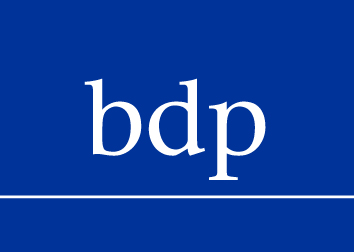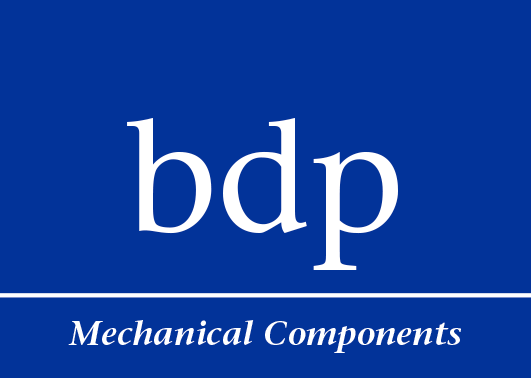Newsletter April 2024:
By: Magdalena Cebo
Pros and Cons of a Dual Sourcing Strategy
Global sourcing can be an effective way to reduce costs, access new markets and find new suppliers. However, it also presents challenges such as geopolitical instability, cultural disparities, regulatory complexities, and currency fluctuations. To address these challenges and minimize the potential negative impacts of market turbulence, one strategy is the implementation of dual sourcing, which involves sourcing from both local and global suppliers.
In general, a dual sourcing strategy is a procurement approach wherein a company procures a specific product or service from two distinct suppliers. This strategy is often adopted to mitigate risks, enhance flexibility and bolster overall supply chain resilience, particularly when considering suppliers from diverse geographic regions.
In this article, we will explore the benefits and disadvantages of sourcing from multiple suppliers.
Pros of Dual Sourcing
1. Risk Mitigation
One of the primary advantages of dual sourcing is risk mitigation. By working with two suppliers, companies can reduce the risk of supply chain disruptions caused by factors such as natural disasters, economic downturns, or geopolitical events. If one supplier faces issues, the company can rely on the other supplier to maintain continuity.
2. Increased Flexibility
Dual sourcing provides companies with greater flexibility in managing their supply chain and helps to avoid becoming dependent on any one supplier. It allows to switch between suppliers based on factors such as price, quality, lead times and capacity. This flexibility enables companies to adapt to changing market conditions and customer demands more effectively.
3. Competition and Cost Savings
Having two suppliers for the same product or service creates a competitive environment. Suppliers may compete on pricing, quality and service levels, leading to cost savings for the company. Companies can negotiate better terms and prices by leveraging the competition between the two suppliers.
4. Quality and Innovation
Dual sourcing can drive suppliers to improve their quality and innovate to differentiate themselves from their competitors. Companies can benefit from the innovation and continuous improvement efforts of both suppliers, leading to better products or services.
5. Supplier Reliability
Working with multiple suppliers can enhance overall supplier reliability. If one supplier fails to meet expectations or faces challenges, the company can rely on the other supplier to fulfill its requirements. This redundancy can reduce the impact of supplier-related risks on the company’s operations.
While there are many advantages associated with dual-sourcing, there are also some key limitations to be aware of.
Cons of Dual Sourcing
1. Complexity in Management
Managing relationships with two suppliers can be more complex and time-consuming than working with a single source. Purchasers need to coordinate orders, deliveries and communication with multiple suppliers, which can increase administrative burden and require additional resources.
2. Increased Costs
While dual sourcing can lead to cost savings through competition, it can also result in increased prices from lower purchasing quantities. A benefit of buying from one source is that you gain greater purchasing economies of scale which can result in a lower unit price from higher volumes. When we split the purchasing power, the possibility to get a better price is lower. Furthermore, in the case of parts necessitating specific tooling for production, adopting a dual sourcing strategy would entail a duplicate investment in tooling, which might not be justified relative to the project turnover. Additionally, conducting quality audits with two suppliers would result in increased total costs.
3. Coordination Challenges
Coordinating production schedules, quality standards and other requirements with multiple suppliers can be challenging. Discrepancies between the quality of the goods may result in different experiences for our end customers as they might not be satisfied equally with both products. Ensuring consistency in product quality across different suppliers may require additional coordination efforts.
4. Lack of Supplier Loyalty
Dual sourcing may lead to a lack of supplier loyalty, as suppliers may feel less committed to the company if they know they have competition. This could potentially impact the level of service, support and collaboration provided by the suppliers.
5. Potential for Conflicts
Competition between suppliers can indeed lead to conflicts or tensions, particularly when both suppliers are competing for the company’s business. Managing these conflicts and maintaining positive relationships with both suppliers can be a delicate balance.
In conclusion, dual sourcing offers several benefits, such as risk mitigation, flexibility, cost savings and supplier reliability. However, it also comes with challenges, including management complexity, coordination issues, and potential conflicts. A key question when considering dual sourcing is not whether it is better or worse than single-sourced parts, but rather for which parts dual-sourcing makes sense and if such strategy aligns with specific business needs and objectives.
Feel free to contact us at purchase@bdp-mc.com with any further questions you may have regarding outsourcing processes.
Our bdp Mechanical Components team will be happy to advise and support you.


